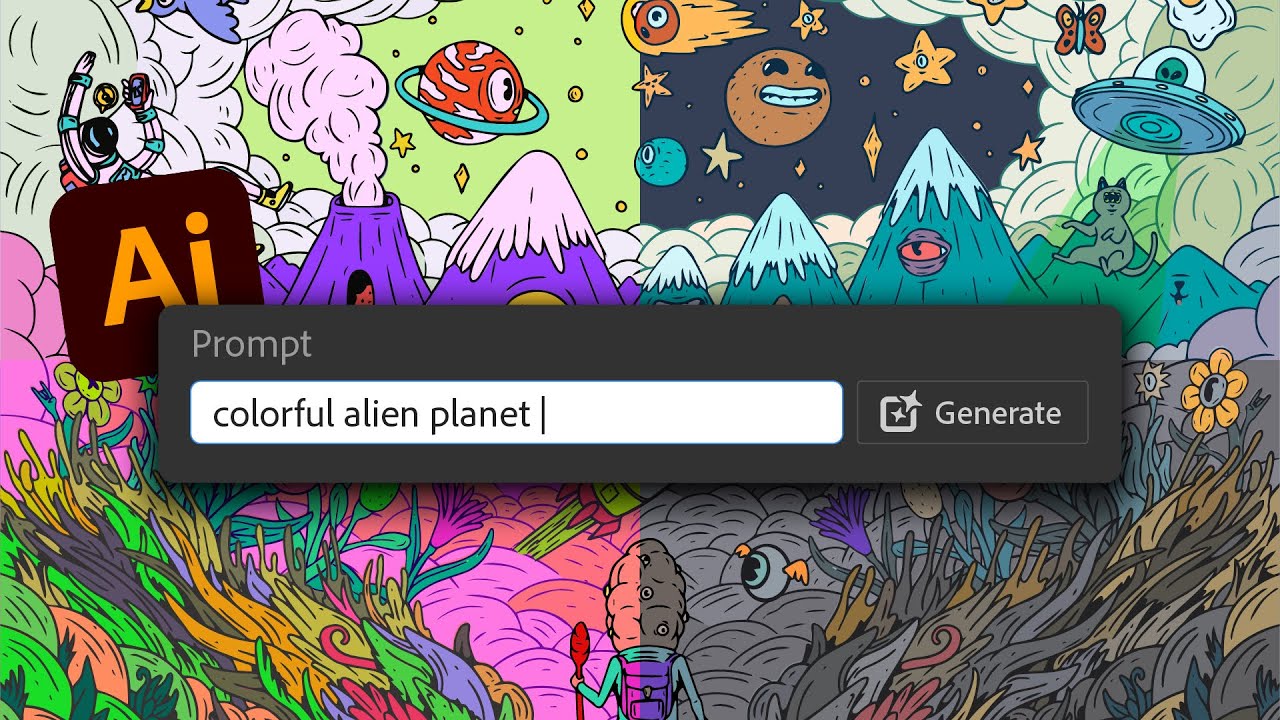
The AI Arms Race: How Multi-Token Prediction is Revolutionizing Language Models
The world of artificial intelligence (AI) is abuzz with the latest breakthrough in language models: multi-token prediction. This innovative approach, pioneered by tech giants like Meta, is set to revolutionize the way we interact with AI systems. But what exactly is multi-token prediction, and how will it change the game for language models?
The Limitations of Traditional Language Models
Traditional language models, like those used in chatbots and virtual assistants, are trained to predict the next word in a sequence. This approach has its limitations, as it can lead to models that are slow, inefficient, and prone to errors. The problem lies in the way these models process text: they break it down into individual words or tokens, which are then used to generate the next word in the sequence.
However, this approach can be problematic. For instance, the model may struggle to understand the context of the sentence, leading to inaccurate predictions. Moreover, the model may require vast amounts of computational power and data to generate accurate results, making it inaccessible to many researchers and developers.
The Power of Multi-Token Prediction
Multi-token prediction, on the other hand, takes a different approach. Instead of predicting the next word in a sequence, these models predict multiple tokens simultaneously. This allows the model to capture the context and nuances of language more effectively, leading to more accurate and efficient predictions.
The implications of multi-token prediction are far-reaching. For instance, it could enable the development of more advanced language models that can understand and generate human-like language. This could have significant applications in areas like natural language processing, machine translation, and text summarization.
The Democratization of AI
One of the most significant benefits of multi-token prediction is its potential to democratize AI research and development. By making language models more accessible and efficient, researchers and developers can focus on creating more advanced AI systems that can benefit society as a whole.
However, this also raises concerns about the potential misuse of AI technology. As AI systems become more advanced and accessible, there is a risk that they could be used for malicious purposes. It is essential that researchers, developers, and policymakers work together to ensure that AI is developed and used responsibly.
The Future of AI
The development of multi-token prediction is a significant milestone in the evolution of AI. As researchers and developers continue to push the boundaries of what is possible, we can expect to see even more advanced AI systems in the future.
From more accurate language models to more efficient machine learning algorithms, the potential applications of AI are vast and varied. As we move forward, it is essential that we prioritize responsible AI development and ensure that these technologies are used to benefit humanity as a whole.
 Image: A futuristic illustration of AI
Image: A futuristic illustration of AI
Conclusion
In conclusion, multi-token prediction is a game-changer for language models. By enabling more accurate and efficient predictions, this technology has the potential to revolutionize the way we interact with AI systems. As researchers and developers continue to push the boundaries of what is possible, we can expect to see even more advanced AI systems in the future. However, it is essential that we prioritize responsible AI development and ensure that these technologies are used to benefit humanity as a whole.
 Image: A futuristic illustration of AI
Image: A futuristic illustration of AI















